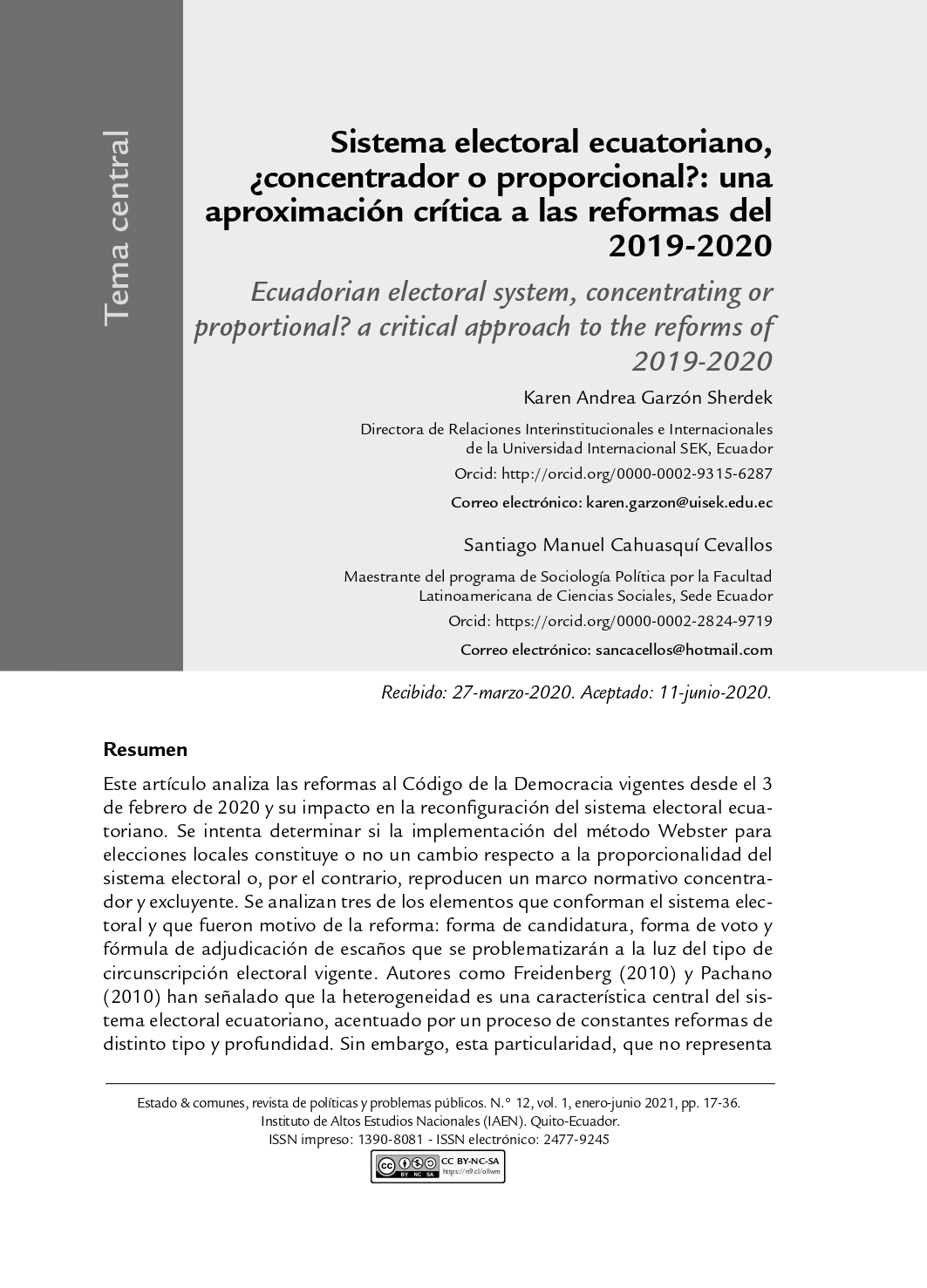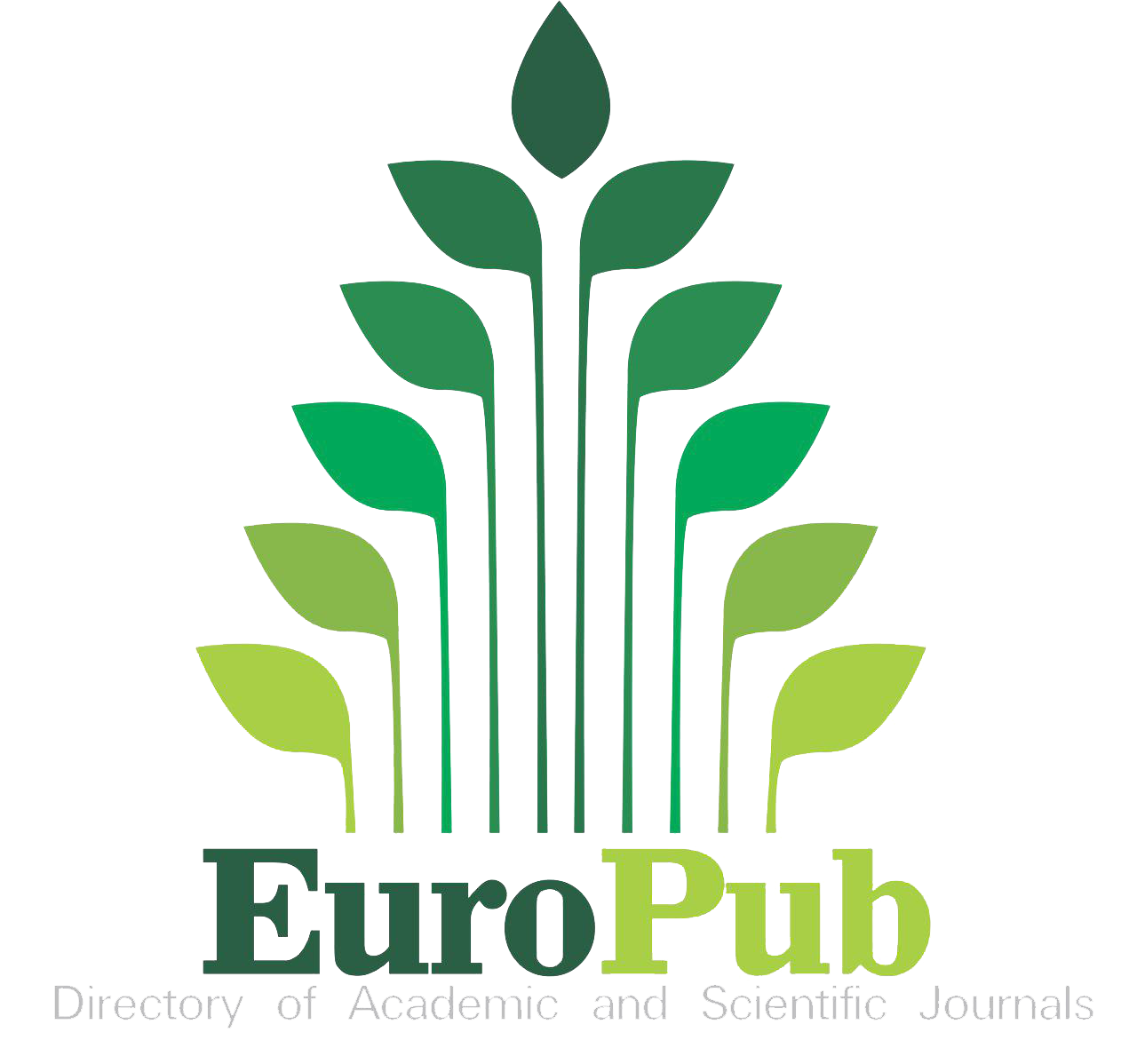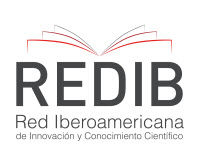Ecuadorian electoral system, concentrating or proportional? a critical approach to the reforms of 2019-2020
Main Article Content
Abstract
This article analyses Democracy Code reforms that came into effect on February 3rd of 2020 and its impact in the reconfiguration of the Ecuadorian electoral system. This paper attempts to determine if, whether or not, implementing the Webster method for local elections constitutes a change in terms of proportionality of the electoral system or if it reproduces a concentrating and exclusive regulatory framework. This research studied three elements that comprise the electoral system, affected by the reform: candidacy form, vote form, and formula for the allocation of seats. These elements were problematized considering the current type of electoral constituency. Authors such as Freidenberg (2010) and Pachano (2010) have pointed out that heterogeneity is a central feature of the Ecuadorian electoral system, accentuated by ongoing reforms different in nature and depth. However, although this particularity does not represent an inconvenience per se in terms of obtaining electoral process’ results, does have a direct impact on the party system, the political representation, and, therefore, on the efficiency of representative democracy.
















